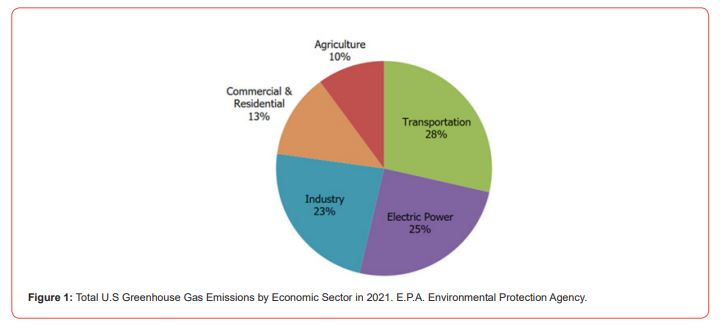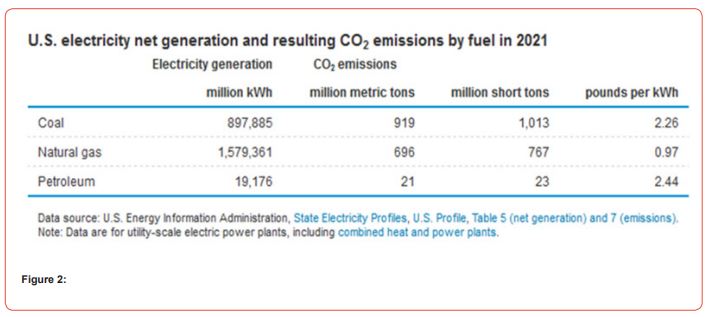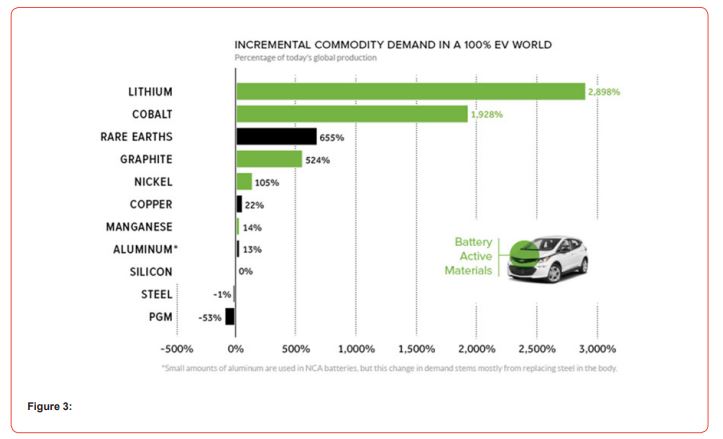 Review Article
Review Article
Replacement of conventional vehicles with electric ones. Is this the solution to the planet’s environmental problem?
Dimitrios Christoforidis*
Senior Researcher, in LAT, Mechanical Engineering dept., Aristotle University of Thessaloniki, Greece
Dimitrios Christoforidis, Laboratory Teaching Staff, in LAT, Mechanical Engineering dept., Aristotle University of Thessaloniki, Greece
Received Date: January 26, 2024; Published Date: March 04, 2024
Introduction
There has been a lot of talk in recent years about the contamination of our planet’s environment by gaseous pollutants. Some of them affect human health directly and others in the long term through climate changes on earth. Global organizations, agencies and states are directed to take immediate actions to address the causes of the problem.
One of the actions that have been instituted in various countries is the ban on the sale of new conventional vehicles that use fossil fuels with a corresponding shift to fully electric vehicles. This has been done almost on a global scale with various agreements such as the Glasgow Declaration (International), the European Parliament resolution in February 2023 on “zero CO2 emissions for new cars and trucks by 2035”, the 12 States of America that have complied with the California Zero Emission Vehicle (ZEV) program by 2035 and others all over the world.
But the question remains. Are we on the right track for “zero” emissions on a global and local scale?
Or are we simply moving the problem somewhere else that we still don’t know, and we haven’t measured the effects it will have on the environment and ultimately on the health of people, which is the final target?
If the last question has no answer from the global scientific community, then we act like the ostrich who buries its head in the sand when confronted by an enemy or something it doesn’t want to face. Of course, most of us are referring to the greenhouse effect, which has become a major issue in recent years. Much has been written about the effect that vehicle emissions (and not only) have on global climate change. However, what I have not yet seen proven in any scientific study is the relation between greenhouse emissions and the rise of the temperature on our planet which is the cause, and which is the causative one. And since I come from a laboratory that has been analyzing and doing studies for years on the gaseous pollutants of vehicles with internal combustion engines (I.C.E.), I would like to put on the table, unfair in my opinion, the “condemnation” of these engines from almost the entire world. First of all, internal combustion engines have been established in our lives since the beginning of the 20th century and over time they have helped in the progress of the entire world until today.
Over the years, due to the need for cleaner emissions from these engines, a great effort has been made by the scientific community and the automotive industry as well as by global agencies and states through subsidies to develop anti-pollution technologies. And to add one more parameter, the I.C.E. don’t pollute but the fuel we feed into them. On the other hand, the emergence of electric vehicles (they have been around since the beginning of the 20th century) has given the world another perspective on getting rid of harmful gas emissions. And in order not to appear opposed to this perspective, I must state that I am much more positive than the manufacturers of electric motors in the introduction of electric vehicles into our lives. And this is documented by my existence for 14 years in an Electrical Engineering dpt. Laboratory (Energy Sector) where I saw this side of technology firsthand. But to put things in order, the greenhouse effect according to the US Environmental Protection Agency is presented in the following pie: (Figure 1)

Which simply tells us that greenhouse gas emissions do not only come from transportation but equally from industry and energy production. This means that if we want to change this pie by reducing emissions from transportation and increase the piece of the pie (quantitatively and not percentage ally) that concerns energy production or industry (or others) then we are chasing our tail like a dog. We must not forget the first law of thermodynamics (principle of conservation of energy) which says, energy is neither created nor destroyed, but only changes forms.
And to make a hypothetical rough scenario, the global fleet of conventional vehicles (burning fossil fuels) is about 1.45 billion (2023 estimate) with an average power of about 100kW. The average distance traveled by vehicles worldwide is 15 kilometers. An average electric vehicle “consumes” about 0.20kW/h. So, their average daily consumption is 15x0.2= 3 kW/ day/car. If we assume that we replace all these vehicles with fully electric vehicles, then we would have a global energy demand of 3x1.45 = 4.35 billion kW/day. Which means that, to the already high demand for electricity, we must add this amount as a need to the grid. The 2021 annual fossil fuel electricity generation (kWh) in USA with corresponding 2 emissions was according to the US Energy Information Administration: (Figure 2)

And to introduce it to the S.I. system as well:
a) Coal-fired power plants emit about 1kg 2 /kWh.
b) Petroleum power plants emit approximately 1kg 2 /kWh.
c) Gas-fired power plants emit approximately 350 grams of CO2 /kWh.
Which means that if we use coil or petroleum to generate electricity to power the entire fleet of electric vehicles in the future, we will produce 4.35 billion kg of CO2 /day
In 2022, according to the US Energy Information Administration, about 4,231 billion kWh (or about 4.23 trillion kWh) of electricity were generated at utility-scale electricity generation facilities in the United States. About 60% of this electricity generation was from fossil fuels (coal, natural gas, petroleum, and other gases), about 18% was from nuclear energy, and about 21% was from renewable energy sources. And consider that the electricity production system is dynamic (especially with renewable sources) because we haven’t always had sun, there isn’t always usable wind, the rivers dry up at some point and our electricity needs are constantly increasing.
Also, according to the UBS Evidence laboratory, a public company in Switzerland, the % demand for battery materials worldwide with 100% fully electric vehicles in the future, will increase: (Figure 3)

Which means that we need a lot of rare earth materials which are in few countries with unknown quantities.
I would also like to add the need for battery recycling, both for the sake of saving resources and pollution of the environment, which is currently at 5% worldwide. And while we’re talking about battery issues, and since there have been several incidents around the world, let’s also mention the danger of a lithium-ion battery. Lithium is known to react violently with water, forming lithium hydroxide and highly flammable hydrogen.

Also, in the event of a fire, the battery cannot be extinguished with any known extinguishing agent. This happens because it starts a chain reaction known as thermal runaway, which basically starts a fire and is very difficult to put out. That’s why some shipping companies have banned the transportation of electric vehicles on their ships. On the other side, we can still use the Internal Combustion Engines (I.C.E.) using less harmful fuels like biofuels, hydrogen, or E-fuels (a new prospective). And to be honest with you, I have not put into consideration gaseous pollutants from conventional vehicles that harm humans directly, such as carbon monoxide, particulate matter, nitrogen oxides, unburnt hydrocarbons, and other less harmful ones because it is another conversation that needs a separate analysis.
Suggestions (but no commitments)
Achieving ‘carbon neutral’ road transport at least by 2050 requires drastic changes in all three areas below:
a) Vehicle fleet and efficiency, powertrains, and traffic technology
b) Infrastructure,
c) Energy Production (electricity, hydrogen, and renewable fuels)
If we want to achieve the best result, I suggest optimum combination of vehicles and systems depending on the special needs of each country, city, or region. But this presupposes solidarity and mutual understanding among all people and societies.
After all, in the end, we are all in the "same boat" so we must work all together for the good of humanity
Acknowledgement
None.
Conflict of interest
No conflict of interest.
-
Dimitrios Christoforidis*. Replacement of conventional vehicles with electric ones. Is this the solution to the planet’s environmental problem?. Onl J of Conf Procee. 1(1): 2024. OJCP.MS.ID.000504.
-
Environment, California Zero Emission Vehicle (ZEV), condemnation, Coal-fired power plants, Petroleum power plants, Gas-fired power plants, Biofuels, Hydrogen, E-fuels, Electricity, Hydrogen, and Renewable Fuels
-

This work is licensed under a Creative Commons Attribution-NonCommercial 4.0 International License.






